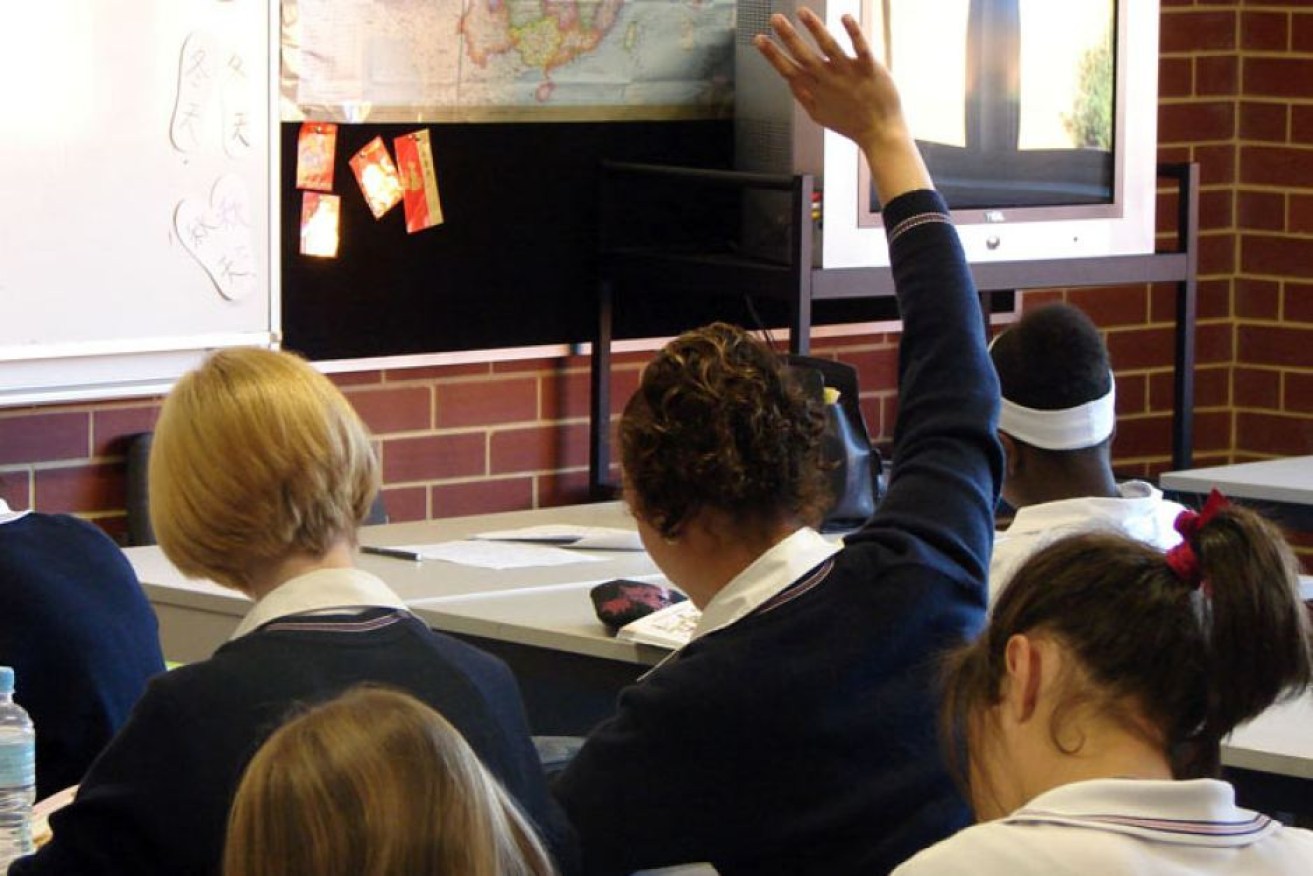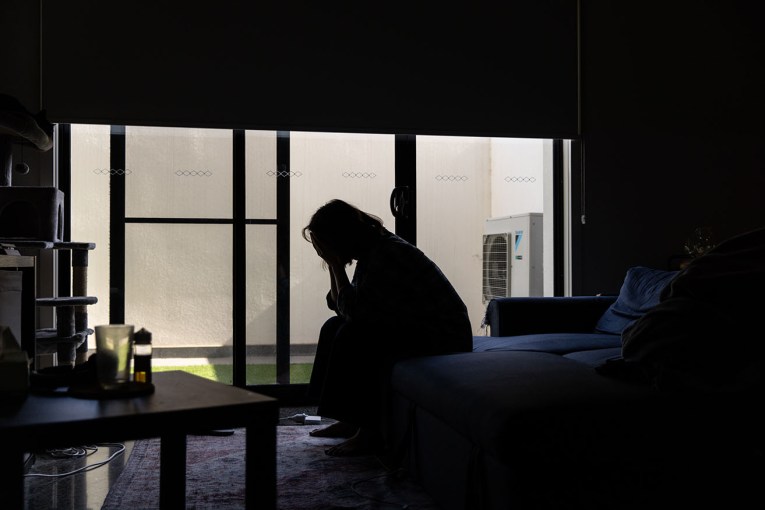Australian school students’ maths, science results drop compared to globe

Australian school students are falling behind the rest of the world when it comes to two key subjects. Photo: ABC
Another study showing the performance of Australian school students stagnating while other countries surge ahead is being used by all sides of the funding debate to boost their arguments.
The latest results from the Trends in International Mathematics and Science Study (TIMSS) shows Australian students are still the middle of the pack after 20 years of testing.
But they have slipped backwards in rankings as students in other countries improve.
The study looks at how well Year 4 and Year 8 students have mastered maths and science lessons, asking questions like how many legs an insect has and what the angles in a triangle add up to.
Education Minister Simon Birmingham will use the results, along with next week’s Program for International Student Assessment, as a key part of his mid-December discussion with state counterparts about a new school funding agreement.
He said the fascination of some with how much money was being spent in schools came at the detriment of examining its distribution and what would actually boost results.
But Labor said it was disingenuous to use the TIMSS results to say the Gonski funding hadn’t made any difference because students were tested in 2014, at which point less than 10 per cent of the total money had gone to schools.
The teachers union said the large gap between advantaged and disadvantaged students showed the need for more investment in the poorest schools and more specialist maths and science teachers.
The Australian Council for Educational Research, which reports on the four-yearly study, says the long tail on results is particularly concern.
Between a quarter and a third of Australian students are still not meeting the proficient standard.
“In terms of children in classrooms, that’s probably seven or eight students in your average 25-student classroom,” the council’s Sue Thomson told AAP.
“That is a big worry and it’s not something that’s changed over the last 20 years.”
She highlighted the huge role socio-economic background — measured by the number of books at home — played in a student’s success.
If just the results from the richest students were used, they would be among the top eight countries in the world, whereas those from poorer families are within the bottom quarter.
“I’m not necessarily going to relate it to funding, however, we’re back at the table insofar as school funding goes and we’re still finding that disadvantaged students from disadvantaged schools are those who are not achieving well in these sort of tests,” Dr Thomson said.
“They’re the ones we need to be targeting to try and improve their achievement.”
– AAP








